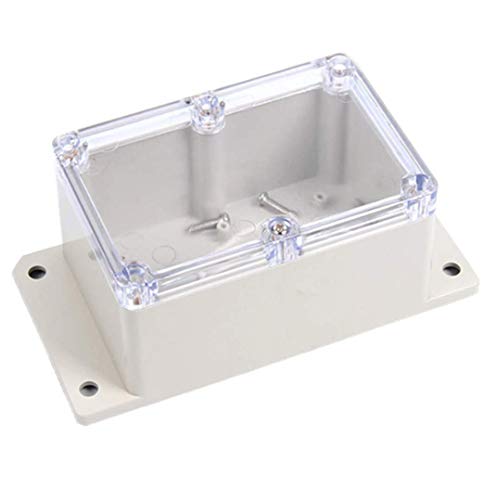Yes it should ,as close to the meter as possible.
This does not have to be a 30mA instantaneous device.
It can be a 100, 300 500mA time delay depending on the exact conditions of the install.
This does not have to be a 30mA instantaneous device.
It can be a 100, 300 500mA time delay depending on the exact conditions of the install.































































